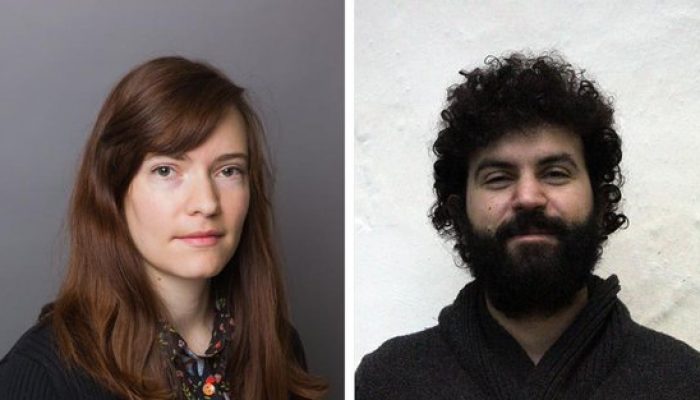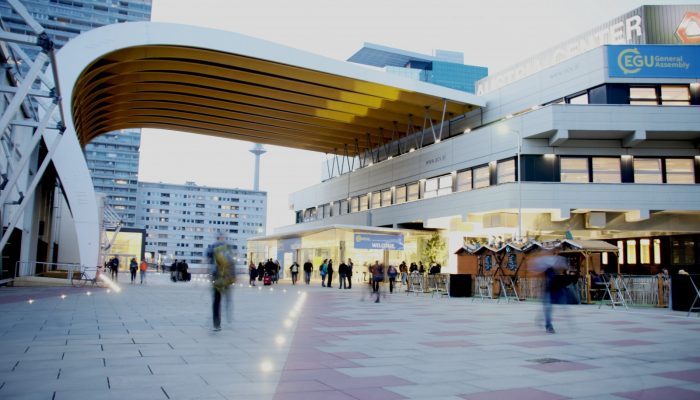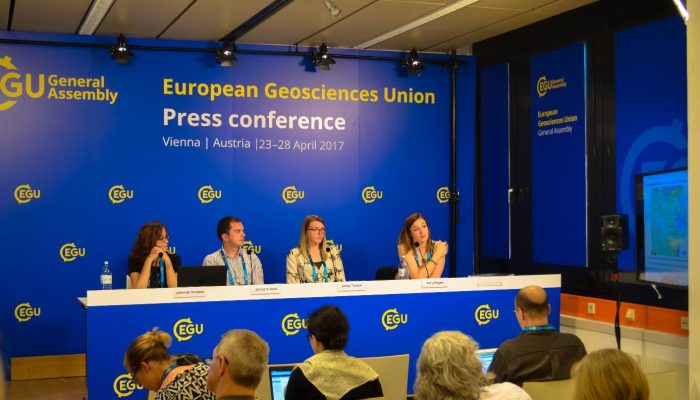As a repeat from last year, the General Assembly will be documented by EGU’s very own artists in residence! Morgane Merlin, an environmental science PhD student and visual artist based in Alberta, Canada, and Giorgo Skretis, a visual artist and musician based in Chania, Greece, will be producing illustrations and sculptures throughout the week to share their conference experiences and communicate ...[Read More]
Imaggeo Photo Competition finalists 2019 – who will you vote for?
This year’s Photo Competition judging panel received more than 600 photo submissions, covering fields across the geosciences. The fantastic finalist photos are below and they are being exhibited in Hall X2 (basement, Brown Level) of the Austria Center Vienna – see for yourself! Do you have a favourite? Vote for it! There is a voting terminal (also in Hall X2), just next to the exhibit. Votin ...[Read More]
At the Assembly 2019: Monday highlights
Welcome to the 2019 General Assembly! This is the first full day of sessions and there’s a feast of them to choose from. Every day we’ll be sharing some super sessions and events at EGU 2019 here on GeoLog and you can complement this information with EGU Today, the daily newsletter of the General Assembly. Union-wide sessions Of particular importance today is the Union’s Plenary Meeting (PCN2) at ...[Read More]
EGU 2019: Follow the conference action live!
Earlier this month we shared a post on how you can keep up to date with all the science being presented at the General Assembly via our social media channels. This week we share with you how you can tune into the conference action, live! Many of the EGU General Assembly highlights will be streamed live, so if you can’t make it to Vienna this year, you can still watch sessions like the Union Sympos ...[Read More]




